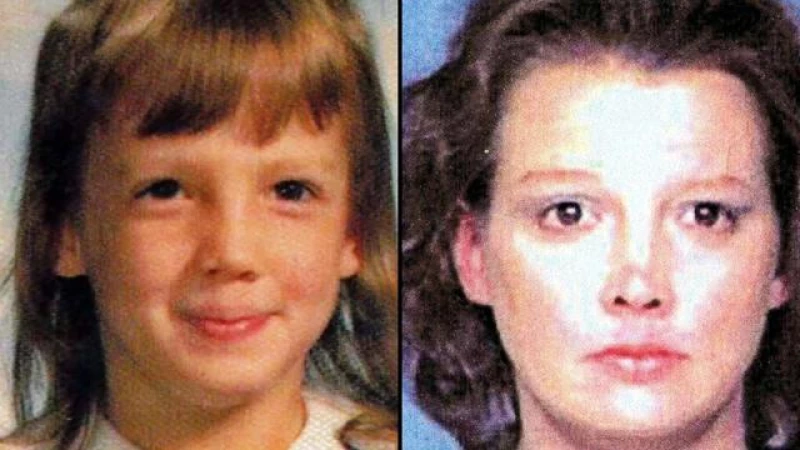This story previously aired on Jan. 9, 2021.
"My mother told me that there were a lot of places in California that you could bury a body and they'd never be found," Calgaro said. "I started believing she was murdered."
Years later, after her sister got police on the case, they believed she was murdered, too.
But then there was a turn no one saw coming. "And I'm like, "This case just gets weirder and weirder," said Cercone.
Seaside, California, Detective Joe Bertaina first heard the name Mary Louise Day back in 2002. He'd been asked to lead the investigation into her disappearance.
Det. Joe Bertaina: The case was … a tangle of weeds that went all different directions.
Mary was gone — seemingly without a trace.
Det. Joe Bertaina: There was no evidence that she was alive.
Bertaina's boss at the time was Steve Cercone.
Steve Cercone | Seaside Police Department: Not a trace of her as an adult; no Social Security record of her having a job, getting welfare benefits … we have nothing on this person's identity.
Maureen Maher: She didn't exist?
Steve Cercone: She didn't exist.
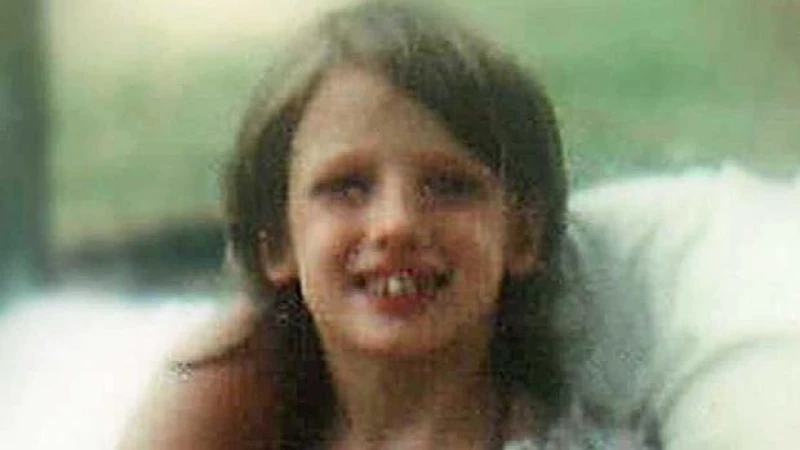
Maureen Maher
Steve Cercone
Sherrie Calgaro: I couldn't understand how a mother could not go to the ends of the earth to find her child.
It was Sherrie Calgaro, Mary's sister, who finally got authorities on the case.
Sherrie Calgaro: I wanted to know what happened to my sister, Mary.
Steve Cercone: According to the sisters, the household they grew up in was highly dysfunctional.
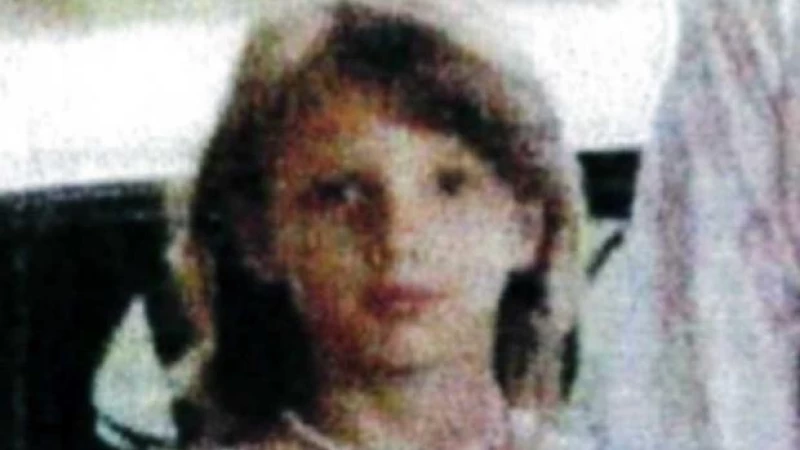
During their early years, Mary, Kathy (the middle sister), and Sherrie were placed in and out of a foster home. Their mother was unable to care for them, leading to Sherrie being adopted by the foster family.
Sherrie Calgaro: We were separated when I was 6 years old.
Mary and Kathy were eventually returned to their mother, Charlotte. By then, Charlotte had married William Houle and had two children of their own.
Steve Cercone: Mary was taken into custody by Children's Protective Services, but was eventually returned to the family. In my opinion, the system failed.
At the time of Mary's disappearance, Houle was stationed at Fort Ord, a military base on the California coast near Monterey.
Det. Joe Bertaina: They were residing in Seaside, which was a military town at the time and that's where Mary was last seen.
Sherrie, who maintained contact with her biological family, later paid them a visit.
Interview with Sherrie Calgaro: During my visit to my family, I asked them about my sister, Mary.
Interview with Sherrie Calgaro: Kathy responded by telling me to be quiet and not mention Mary. She said we were not allowed to talk about her.
However, Kathy did mention that her mother, Charlotte, told them that Mary had run away.
Interview with Sherrie Calgaro: At the time, I wasn't sure what to think, but it didn't make sense to me.
Interview with Steve Cercone: The neighbors barely remember the family living there. Nobody really knew this family and they certainly didn't know Mary Day.
Mary had never been enrolled in school in California, and her parents had never informed anyone that she was gone. Detective Bertaina says they had at least one reason to keep quiet. Mary had been receiving government checks because her birth father had died in an accident.
Interview with Detective Joe Bertaina: They were taking Mary's social security checks and cashing them.
In March 2003, Detective Bertaina went to the Seaside home – Mary's last known location. He brought Kathy with him, and the visit was recorded.
Kathy Pires was only 11 years old when she last saw her sister.
Witness Account: That day remains vivid in my memory. It feels like reopening a wound, reopening it and feeling the pain.
Witness Statement: Mary was at home with me while the rest of the family went out. ... They returned later that evening, and during their absence, the dog fell ill and was dying in the kitchen area. When William saw that, he immediately accused Mary of poisoning the dog.
Witness Account: He started shouting at us ... and fear took over ... chaos ensued...
WITNESS [on video with detective]: This is the corner where he was hitting her, the fight took place here...
Witness Account: [Crying] I can hear her screaming. There's nothing we can do.
Reporter: He hit her?
Witness Account: [breaks down]
WITNESS: The last time I saw her, blood was coming out of her mouth.
The witness, Kathy, mentioned that after Mary disappeared, their parents forbade them from going to a specific area in the backyard.
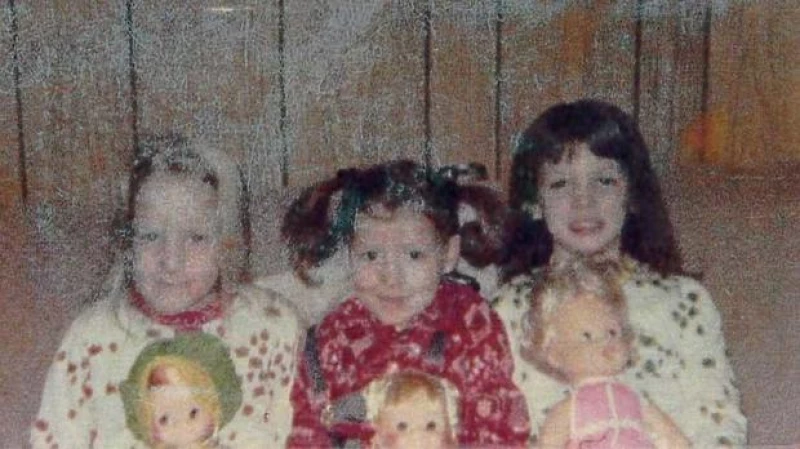
WITNESS [on video with detective]: We were not allowed to come over to this part.
DETECTIVE: You weren't supposed to go there? Who told you that?
WITNESS: My father.
WAS MARY MURDERED?
In 2003, the missing persons case of Mary Day was quickly becoming a homicide investigation – with police facing the grim task of digging in the dirt where the cadaver dogs alerted.
As the dogs went into the back yard, they each hit on one particular spot near a tree.
We started to dig … As a father … my heart was pounding … and as we dug, I saw a little girl's shoe … my heart started pounding even more and I thought … "Here we are. We found her."
And we kept digging — and there was no body. I said, "Well, it must be here." … And they kept digging.
They were sure that a body had been there.
They were positive. They said, "our dogs don't lie, and four of them independently hitting … on the same spot before we dug."
The dog handler said ... it's been moved.
At this time, there was no question that the parents were the suspects in the possible homicide of a little girl from 1981.
Recreated News: We knew that we had to find the parents.
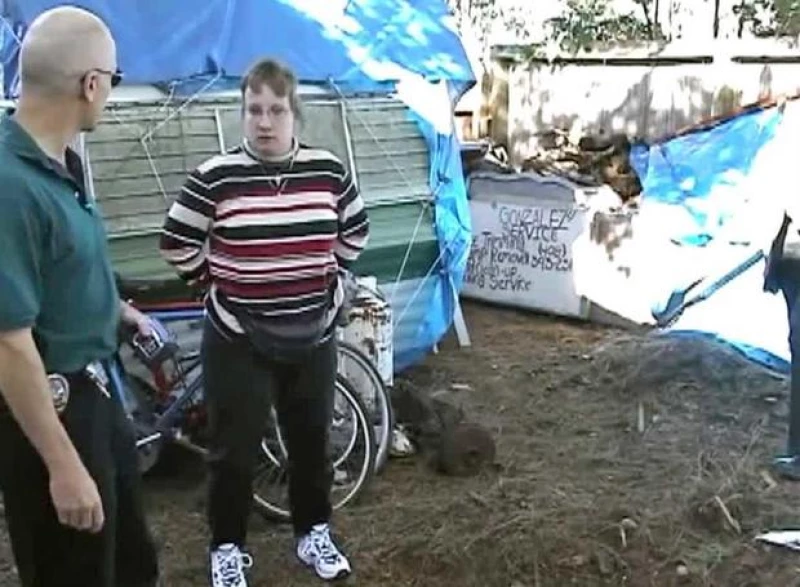
They found them in Kansas.
It was more than 20 years after Mary disappeared. Her stepfather William Houle had left the Army and was now at a Kansas prison working as a corrections officer. He and Charlotte were still together. She agreed to talk with local detectives about the daughter who vanished so long ago:
CHARLOTTE HOULE: You don't have whips and chains do ya?
COP: Oh, absolutely not.
Recreated News: I remember watching the interview … and realizing that she had something to tell us.
CHARLOTTE HOULE: You know life is full of regrets. If you go back and say, you know, "if I had did this, and this and this."
Recreated News: Her body language and then her sinking down in the chair and saying words to the effect of "you know, sometimes you do things in your past, and it comes back …" I knew that it was something there.
COP: When's the last time you heard from Mary?
CHARLOTTE HOULE: '81, last time she ran away.
Charlotte said Mary running away was no big deal; she did it all the time:
Interview with Charlotte Houle
Interviewer: Oh, what a mess. It was like trying to get … a night crawler out of a wormhole and just grabbin' it and it was gone, and grabbin' it, it was gone … I mean … how many times did she run away? You know, all of these questions I can't answer.
Interviewer: When you were back in California … did you guys take any kind of steps to find her?
Charlotte Houle: We should have, we should have.
Interviewer: But you didn't?
Interview with Detective Bertaina
Detective Bertaina: I just asked him, "Tell me about the last time that you saw Mary?"
He told me that well, he was going room to room checking on the kids and he discovered Mary wasn't in the bedroom. He tells Charlotte, she panics, he panics, called the police.
Detective Bertaina: And he knew I wasn't buying that. I said, "William, she runs away all the time, why did you panic?" … I never got a good response.
The detective interrogated Houle and brought up the incident involving the sick dog.
Detective: He kept saying, "You won't believe what she did. She poisoned my dog. I was furious" ... "She tried to escape from the house. I didn't want her to leave, so I stopped her before she reached the front door. She was kicking me, punching me, so I pushed her" and while doing so, he made a gesture with his hand.
Investigator: A choking motion?
Detective: Yes, he gestured with his hand, like a striking motion I've seen in martial arts techniques. So, I asked him, "Where did you hit her with that?" And he replied, "Well, in the upper chest." And I questioned, "Could it have been the throat?" And he admitted, "It's possible it slipped off and hit her in the throat."
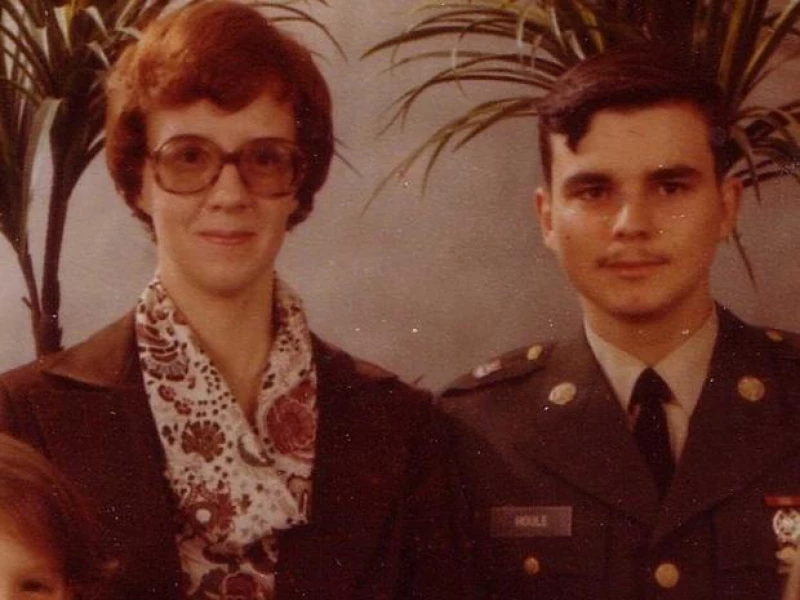
Det. Joe Bertaina: I wanted to understand the intensity of his anger when he struck Mary. He confessed, "I was a 15 on a scale from one to 10." Concerned, I suggested that his anger might have led to her death. He denied killing her but shared that his wife Charlotte believed he was possessed by a demon.
Det. Joe Bertaina: It suddenly occurred to me that he was indirectly admitting his guilt. I asked, "Okay William, I believe you didn't kill her. But what about the demon inside you? Could the demon have killed Mary?" He replied, "Yes, the demon could have killed her."
Maureen Maher: When he left, did you feel like you were letting a killer go?
Det. Joe Bertaina: Yeah, yeah.
Steve Cercone: Joe mentioned, "Yeah, we don't have a body," but he added, "This guy came so close to confessing." It was the closest anyone had ever come.
Maureen Maher: Is that enough to approach the prosecutor and say, "We might not have a body, but we have significant evidence?"
Steve Cercone: The District Attorney wasn't ready to file charges at that time.
Maureen Maher: Did you believe there was sufficient evidence?
Steve Cercone: I believed there was probably enough evidence. I wasn't too concerned because we were building a strong case.
However, just as the detectives' confidence was growing, the case took an unexpected turn.
Police records showed no evidence of Mary Louise Day as an adult. There were no credit cards, driver's license, or any form of identification associated with her. For over two decades, Mary had vanished without a trace. However, everything changed when the Phoenix Police Department in Arizona made a routine traffic stop.
Steve Cercone received a shocking phone call at home. The caller informed him that Mary Day had been found during the traffic stop in Phoenix.
An Unexpected Discovery
In November 2003, during a routine traffic stop in Phoenix, Arizona, police officers encountered a pickup truck with stolen license plates. When they checked the identification of the passengers, they discovered a woman named Mary Day.
Detective Joe Bertaina was stunned when he received the news that Mary Day had been found.
Investigators had entered Mary Day's information into a missing persons database many years ago.
Detective Joe Bertaina was amazed when Mary identified herself using a Phoenix or Arizona state identification card.
Back in California, Detective Joe Bertaina felt as if a ghost had suddenly reappeared. He had believed that Mary Day had been murdered at her parents' home more than 20 years ago.
Maureen Maher pointed out the incredible coincidence that William and Charlotte had been interviewed in April 2003, and now, seven months later, a woman named Mary Louise Day had seemingly appeared out of thin air.
Recreated News
Det. Joe Bertaina: Right, I was stunned.
His boss, Steve Cercone could not believe it.
Steve Cercone: Joe went down there, and he met her and he sent a picture of her, and we went, "What, wait a minute, no. Alright, alright." It looked like it could be her.
Steve Cercone: I said, wait a minute, all these years, bits of circumstantial evidence.
Maureen Maher: The father almost confessing to something.
Steve Cercone: Almost confessing to the murder of a little girl.
And now, here was this woman 700 miles away with a valid Arizona state ID. Strangely, that ID had been issued only three weeks earlier, while the homicide investigation was underway.
Maureen Maher: You must have found the timing awfully suspicious.
Steve Cercone: Yes, it was very suspicious.
When Detective Bertaina went to Phoenix, the woman he was sure had been murdered told him she had run away from her mother Charlotte and stepfather William when she was a teenager. She basically lived under the radar and by her wits ever since. But she seemed hesitant, and her story seemed sketchy. Later in a phone call, Mary told Bertaina she had some awful memories:
Maureen Maher: Do you want to discuss what happened on that fateful night?
Phoenix Mary: It's painful.
Maureen Maher: I understand, but can you tell us what happened that night?
Phoenix Mary: I'm so lost now, I can't differentiate between reality and fiction... I remember him repeatedly slamming my head against the bathtub and it was excruciating [cries].
Maureen Maher: Is that when you started bleeding?
Phoenix Mary: Yes, I started bleeding and he also hit my head on the coffee table... I think I passed out... maybe that's why I can't piece it all together.
But she had no recollection of anything related to the sick dog.
Maureen Maher: Did that trouble you?
Det. Joe Bertaina: It certainly did.
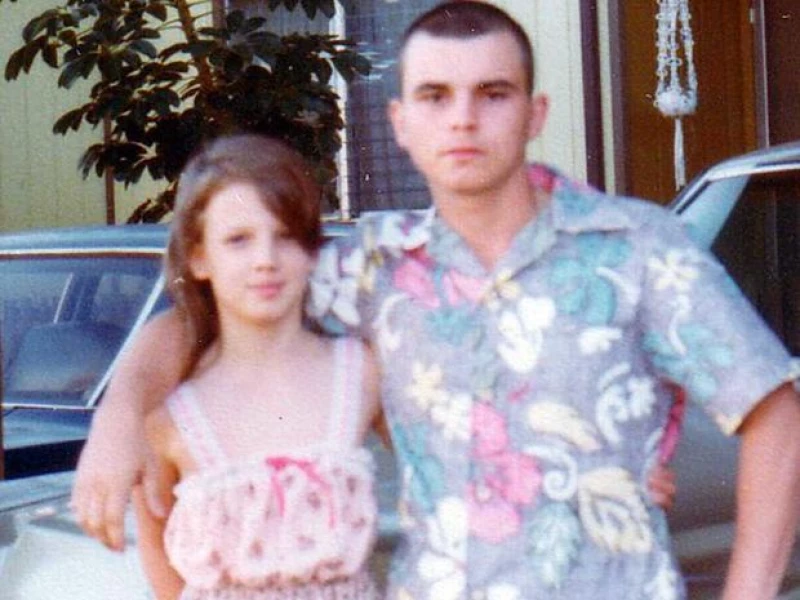
Investigators struggled to uncover any significant information about her past two decades. They began to question whether the woman with the newly obtained identification was truly who she claimed to be.
Maureen Maher: Did you refuse to call her Mary Louise Day?
Steve Cercone: We referred to her as Phoenix Mary.
During phone conversations, Phoenix Mary grew increasingly frustrated:
Phoenix Mary [phone call]: Can I ask you one question if you don't mind?
Det. Joe Bertaina: Go ahead, Mary.
MAUREEN: If you were to find my body, how were you gonna be able to prove who the hell I was?
DETECTIVE: DNA.
MAUREEN: Oh, so since I'm still alive, you all can't prove who I am?
DETECTIVE: There's no record of you ever being anywhere … it's like you haven't existed up until now.
MAUREEN: So, I'd be better off if I'm just dead and then you all can do that detecting from there.
STEVE: I said, "all right, let's get a DNA test on this woman … let her prove that she's the daughter of Charlotte."
STEVE: We're gonna disprove that she's Maureen, of course, 'cause there's no way her DNA's gonna match.
Except it did match.
STEVE: I nearly fell on the floor. I couldn't believe it. The DNA came back positive to being a daughter of Charlotte.
The case was closed. Sherrie Calgaro invited her long-lost sister to move in with her. In most cases, that would be the end of the story – but not in this case.
MAUREEN: So now DNA matches. Case closed.
STEVE: Yeah, well, if it were that simple, right?
Once Phoenix Maureen moved in, Sherrie started to have her own doubts.
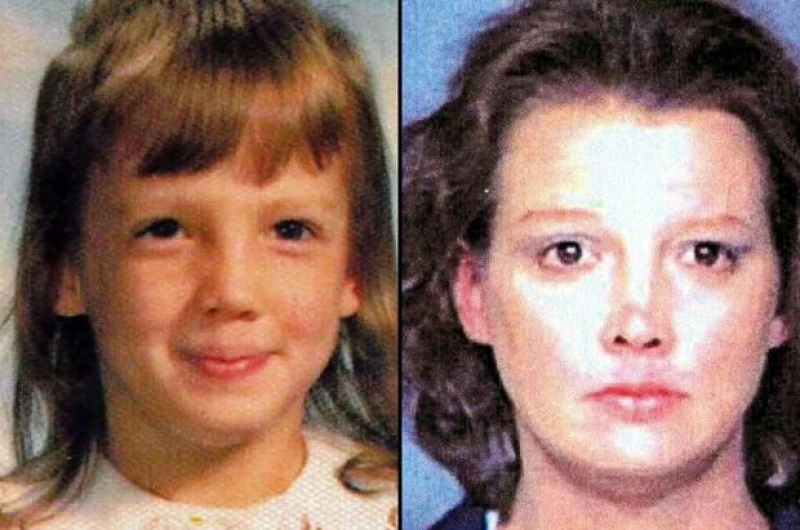
Unnamed Detective: The first thing I noticed was she — it sounded like she had some weird, Midwest or southern accent. Weird to me.
The detectives had noticed that too:
DET. JOE BERTAINA [phone call]: That's an interesting dialect you have Mary.
MARY: What do you mean?
DET. JOE BERTAINA: I don't know I've ever heard that particular manner of speaking.
MARY: Then y'all still trying to prove who I am, huh?
DET. JOE BERTAINA: Yes, ma'am. We are.
Phoenix Mary also said she never used her real name:
MARY [phone call]: Nobody … knows me as Mary. I gave that name up years ago.
DET. JOE BERTAINA: What name would they know you by?
MARY: Monica Devereaux.
It's a name she said she made up.
Unnamed Detective: I did notice that she had magazines in the name of Monica Devereaux.

Unnamed Detective's sister Kathy was also unnerved.
Kathy Pires: No, that's not Mary.
Maureen Maher: Why? What makes you so sure?
Kathy Pires: Something's off.
Maureen Maher: You're telling me that your gut is saying, "It's not her."
Kathy Pires: My gut.
She says the woman claiming to be Mary didn't even remember that their birth father left them an inheritance they could collect at age 18. It was their shared escape plan and they had a code word for it.
Recreated News
Maureen Maher: Was there a — code word, or some sort of secret between you and Mary?
Kathy Pires: Yeah, it was. It was called "Mohawk."
Maureen Maher: "Mohawk" was your secret word?
Kathy Pires: Yep.
And Mary did something else strange: she wrote a note to Detective Bertaina.
Steve Cercone: She emailed Joe. And … her email said something to the effect of, "I've been lying to you about who I am," and that was new information. … Oh, my God. I said, "This is a whole new ball game."
Still, the case remained closed.
Then in 2008, Steve Cercone, now Seaside's police chief, got a phone call from investigators at the Army base in Fort Ord. Another set of cadaver dogs had been working on an unrelated matter and had found something.
Steve Cercone: Fort Ord was a huge place. And he said, "Look, we brought the cadaver dogs out here and they went over hundreds of homes." And he said, "We got a hit on one of the homes. You'll never believe who was living in this house …" He said, "William Houle and his family lived in this house."
IS MARY AN IMPOSTOR?
In 2008, cadaver dogs alerted near a second home where the Houles had lived — the house they had moved to shortly after Mary disappeared.
Investigation Uncovers Disturbing Details in Decades-Old Cold Case
By Anonymous
In a shocking turn of events, new evidence has emerged in a decades-old cold case, raising questions about the original investigation and the possibility of foul play.
The case involves the disappearance and suspected murder of a young girl named Mary, whose body was never found. The investigation had been closed, but retired homicide detective Mark Clark believes there may have been missed opportunities to solve the case.
Clark, who was hired by concerned citizen Steve Cercone, reviewed the evidence and found several inconsistencies and suspicious actions by the girl's parents. He believes they may have been involved in her disappearance.
One of the most damning pieces of evidence is a statement made by William Houle, the girl's father. According to Clark, Houle told authorities that Mary had run away and instructed them never to talk about her again. He also allegedly destroyed her belongings and photos.
The new evidence has sparked renewed interest in the case and has raised questions about whether Mary's body was moved multiple times. Cercone and Clark are determined to uncover the truth and bring justice to the young girl and her family.
Mark Clark: Absolutely the most bizarre case I've ever come up against.
Reviewing the evidence collected over the years, Clark was convinced there was a murder —and missed opportunities.
Mark Clark: There's so many parts about this thing … that coulda solved this case back then, that is really frustrating.
He believes they let the parents off the hook too soon.
Mark Clark: Mom and dad say, "She ran away. Don't ever talk about her again." They tore up her pictures, threw away her clothes, and that was it.
Most damning, he says, are William Houle's own words.
Anonymous Source: His comment was, "I couldn't have killed Mary … my body woulda done it … but it wouldn't have been me … It woulda been that demonic personality, 'cause I blacked out."
Anonymous Source says he would have arrested William Houle.
Anonymous Source: You just — admitted, tantamount to — a homicide, and we're lettin' him go?
Anonymous Source also focused on that shoe detectives found. Another detective asked Kathy about it.
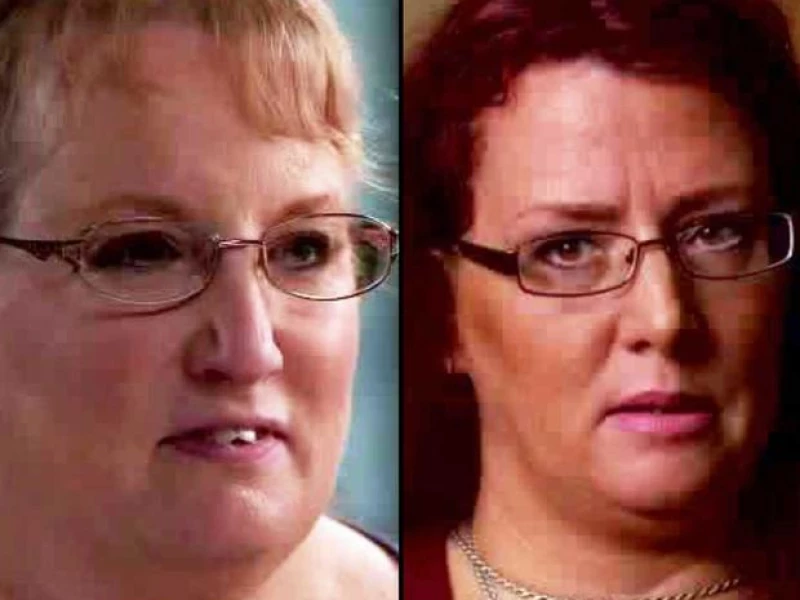
Anonymous Source: He first asked, "Did you — guys ever wear canvas tennis shoes?" And Katherine said, "Keds?" And she said, "Yes." And he pulled out the shoe, and it's pretty chewed up, but you can tell that it's a tennis shoe with a canvas body to it. And she said exactly that.
And he consulted with the Body Farm, a renowned research facility that studies what happens when bodies decompose. He says they found soil samples consistent with a body being buried.
Anonymous Source: What do you think happened to Mary Louise Day?
Anonymous Source: She was killed in 1981, probably around July.
Anonymous Source believes the woman now claiming to be Mary Day is an impostor.
Anonymous Source: There are just too many things that point to Phoenix Mary Day being somebody else.
But what about that DNA test showing she's Charlotte Houle's daughter? Well, there is a theory that explains it all, even if it may seem far-fetched. According to Mark Clark, Charlotte Houle had another daughter - a secret daughter who was born before Mary and given up at birth. Clark believes that Phoenix Mary is that secret daughter.
During an interview, Maureen Maher asks Mark Clark if he thinks Phoenix Mary is the actual sister of Mary Louise Day, who went missing in 1981. Clark confirms this belief.
Further investigation into Charlotte's background reveals some circumstantial evidence. Clark explains that Charlotte had a couple of marriages in which she was involved in extramarital affairs and became pregnant from those affairs.
Clark suggests that the Houles may have reached out to Charlotte's secret daughter when they found themselves in trouble. He believes that Charlotte and William asked her to pose as Mary Day to avoid prosecution. According to Steve Cercone, this was an elaborate plot and the Houles had the means to carry it out.
Cercone speculates that the Houles could have taken Mary's birth certificate and Social Security card and given them to the secret sister, instructing her to assume Mary's identity.
Clark claims that this alleged scheme effectively put an end to the investigation into Mary's disappearance and also resulted in financial gain for Phoenix Mary.
Recreated News
There was an inheritance. … We thought … the motivation would be the inheritance, because she could collect that inheritance.
With accrued interest, that inheritance was now worth roughly $60,000. Sherrie helped Mary get her cut.
"48 Hours" reached out to William and Charlotte Houle. Through a relative, they said they had no comment.
Mark Clark says the impostor theory accounts for a lot of inconsistencies: for example, Mary's odd southern accent.
Mark Clark: The accent … was really thick … Sherrie and Katherine both said that Mary Day never had an accent.
Steve Cercone: She has a southern accent. It's a pronounced southern accent.
MARY [Phone call]: Can I throw one question at you if you if you don't mind?
DET. JOE BERTAINA: Go ahead, Mary.
MARY: If you were to find my body… how were you gonna be able to prove who the hell I was?
Mary did claim that she spent some time in the south as an adult, but was only there briefly as a child, when experts say she would have developed that accent.
Mark Clark: I let four separate Southern dialect experts listen to the interview, and
they all concluded that … it woulda taken living her formative years up to 9 or 10 in the
south to acquire this Southern accent.
And there was that email that Phoenix Mary sent – saying she wasn't who she claimed to be.
After about a year living with Sherrie, Mary moved out on her own. But the mystery just wouldn't die. Another detective was about to take a crack at the case.
ONE MYSTERY SOLVED, ANOTHER BEGINS
In 2017, Sherrie Calgaro still wanted answers about the woman claiming to be her sister.
Sherrie Calgaro: Basically, everyone that's ever met her — has a lot of doubts, I have my own doubts.
"48 Hours" took Sherrie to visit Phoenix Mary in Missouri, where she'd been living for a few years.
Sherrie Calgaro [In car with Maureen Maher]: I'm hoping that she will admit, she will confess to us who she really is.
Maureen Maher: OK, good luck.
Sherrie Calgaro: Bye.
Maureen Maher: Bye.
Mary was living here and suffering from late-stage cancer. She was not up to any more visitors that day.
As Mary's health was failing, the new acting chief of the Seaside Police Department was determined to solve the case once and for all.
Judy Veloz questioned the belief that Mary Day was murdered. She presented additional evidence that supported her theory. Firstly, further tests revealed that Mary's DNA not only matched Charlotte, but also the birth father. Additionally, Veloz discovered a small girl's shoe that seemed too small for a 13-year-old like Mary. Veloz struggled to believe that Mary was as short as the picture suggested.
Judy Veloz shared her experience of visiting Mary's home. According to Veloz, Mary herself provided more information about her identity. Mary claimed that she started calling herself Monica when she ran away because she didn't want the police to take her back home. Mary also mentioned a woman named Morie, whom she knew during her early days alone in California.
Veloz managed to locate Morie Kimmel, who confirmed her connection with Mary. Kimmel recalled meeting Mary when she was 15 years old and described her as naive and childlike. Kimmel had two young daughters at the time, and Mary quickly became a beloved member of their family.
Interviewed by Maureen Maher, Kimmel expressed the belief that her family may have been the only positive family experience Mary had ever had in her life.
Anonymous Source: I'm realizing that now, you know … I wanted to nurture her, you know?
But after about a year, one day Mary was gone.
Anonymous Source: I was heartbroken [cries].
Veloz discovered that Mary had moved around a lot — city to city — living on the margins.
Anonymous Source: Honestly, when I talked to her, she just seemed like a survivor.
She also solved the mystery of why Mary suddenly got that Arizona ID. She needed state aid to pay for surgery.
Anonymous Source: She had her gall bladder taken out … that led her to obtain her proper driver's license or ID … in the name of Mary Louise Day.
A local nonprofit had helped Mary track down her real birth certificate.
Veloz chalks up Mary's foggy memory to trauma and a lifelong battle with alcohol.
Anonymous Source: Those gaps in memory to me can be legitimate, especially if someone's —been an alcoholic from the time they've been a teenager.
As for that email Mary sent to Detective Bertaina saying she had been lying about who she was, Veloz says Mary sent a follow up email, writing, "I'm not sure myself what I was trying to say in that email."
Anonymous Source: Again, from someone who is still a severe alcoholic and using.
And then Veloz came up with the smoking gun: one of Morie Kimmel's relatives had a photograph.
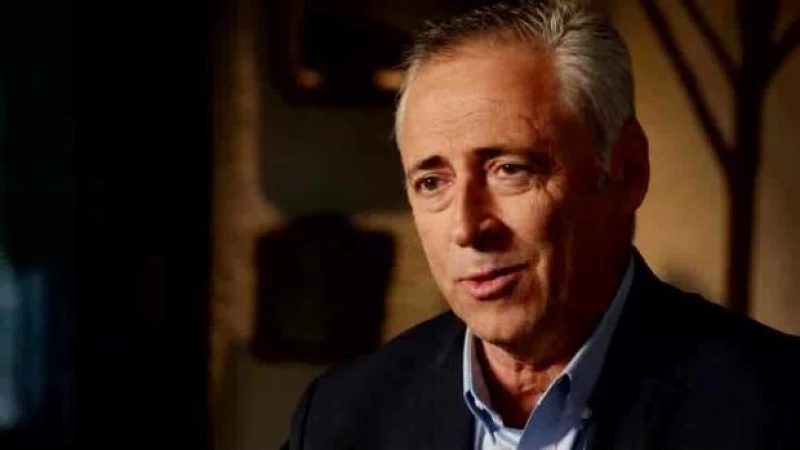
Judy Veloz: The picture really did it.
It's Mary, she says. And it was taken at least a year after the alleged murder.
"48 Hours" took the photo to True Face, a state-of-the art facial recognition company.
Shaun Moore | CEO, True Face: So, we're gonna look at the results of our face matching algorithms on the images that you all sent us.
Maureen Maher: OK. And it's trying to see what?
Shaun Moore: It's trying to see the probability that we're matching a young picture with one of the older pictures. So —
Maureen Maher: If this is the same person.
Shaun Moore: Correct. The probability that it's the same person.
Maureen Maher: What are the numbers telling you?
Shaun Moore: And the numbers are telling us that it's the same person.
He says that's a 99% probability.
With that photo, Judy Veloz submitted her report and closed the Mary Day investigation this time, for good.
After all these years, the woman at the center of the case finally agreed to meet with Maureen Maher.
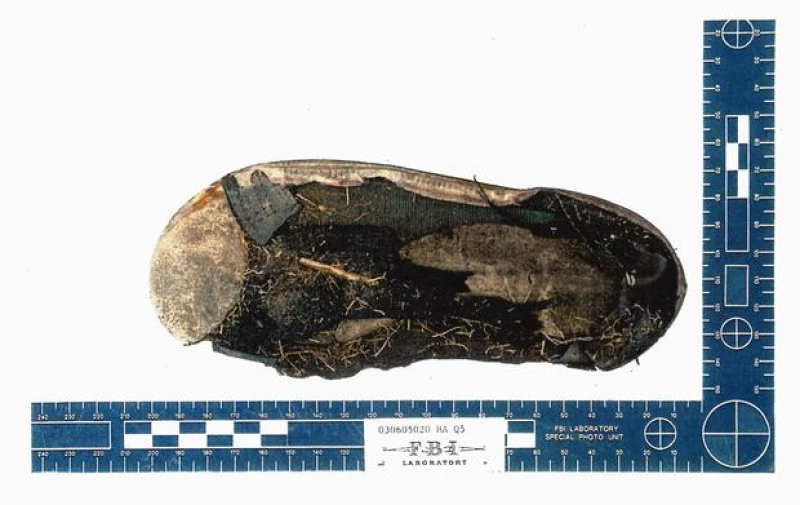
During her encounter with Mary, Maher observed a woman who appeared fragile yet resilient. It was evident that Mary had faced hardships in her life, but she did not seem to be concealing anything. In fact, she expressed her frustration with the difficulty of proving her true identity when there is no concrete evidence.
Sherrie, after meeting Mary, finally found solace.
Sherrie Calgaro: Suddenly, I felt a tremendous weight lifted off my shoulders... It was like a sense of closure. This is undeniably her... And that concludes the story.
However, the situation is not as straightforward for Mark Clark.
Mark Clark: Even though I cannot substantiate my theory, I cannot completely let go of my suspicion that Mary may be an imposter.
Maureen Maher: Do you believe William Houle murdered Mary Louise Day?
Mark Clark: Based on the evidence I've uncovered, yes.
As for Steve Cercone...
Steve Cercone: Nonetheless, I am certain of one thing: those cadaver dogs were onto something.
Steve Cercone: They were absolutely certain. They insisted, "Our dogs do not deceive... They never deceive."
Steve Cercone: Who is interred in those burial sites?
Mary Day passed away just nine days after her interview with Judy Veloz.
There was no traditional funeral held for her.
Chuck Stevenson produced this piece. Lauren A. White served as the field producer. Doug Longhini and Gayane Keshishyan contributed as development producers. Chelsea Narvaez worked as the broadcast associate. Michael Baluzy, Karen Brenner, and Jon Baskin took on the role of editors. Gail Zimmerman is the senior producer.

